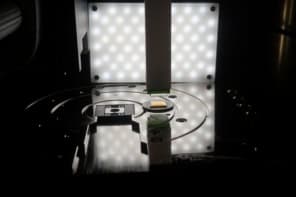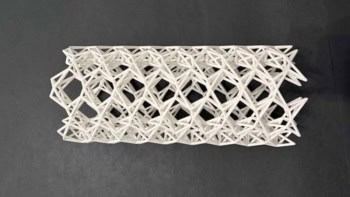Physicists in Japan have shown that electric fields could be used to improve the performance of magnetic data storage devices. Hideo Ohno and colleagues at Tohoku University demonstrated that the magnetic field needed to reverse the magnetization in a storage bit can be reduced by applying an electric field. By making it easier to ‘flip’ the magnetization of a material, the new method could have applications in ultrahigh-density information storage devices (D Chiba et al. 2003 Sciencexpress 1086608).

In data storage, the reversal of magnetization is used to ‘write’ bits of information – strings of 1s and 0s – onto magnetic materials. The magnetization is usually reversed by applying a local magnetic field. To increase the amount of information stored in a device, it is necessary to use materials with increased magnetic energy densities. However, this means that higher magnetic fields are required to switch the magnetization. Such high fields are difficult to generate and researchers are looking for other ways to reverse the magnetization.
The Tohoku team applied an electric field of 1.5 megavolts per centimetre to a ferromagnetic semiconductor sample, and found that they could reverse the magnetization at a coercive field that was 5 times lower than when no external voltage was applied. The coercive field is the magnetic field that needs to be applied to a material to reduce its magnetization to zero. The sample was made of indium arsenide – a semiconductor – that had been doped with manganese, which is ferromagnetic.
Ohno says that the technique is a ‘demonstration of principle’ because it has only been made to work at temperatures of 30 kelvin so far. The researchers now hope to demonstrate the technique at room temperature so that it can be used in applications.



